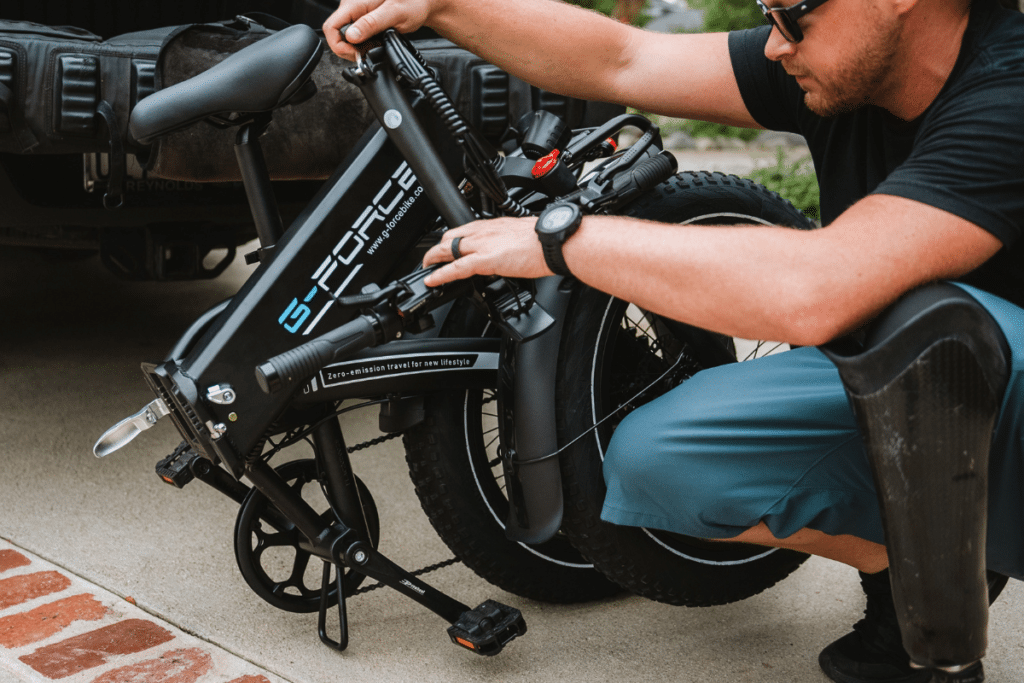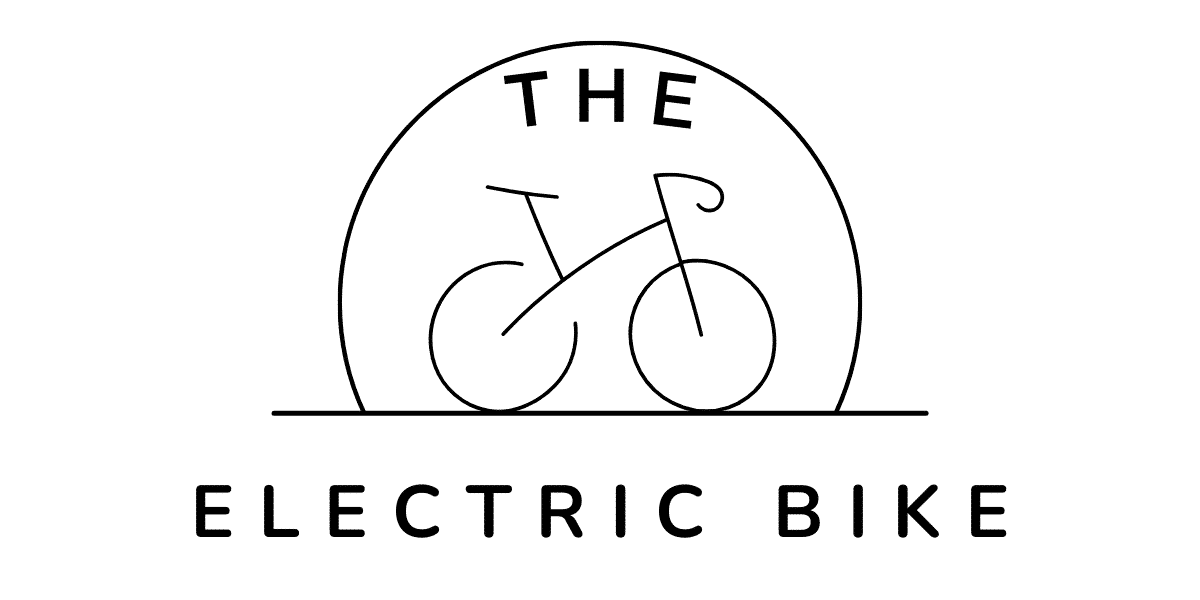As electric bikes become increasingly popular, knowing how to properly charge them is essential for both new and experienced e-bike riders. One common question many riders have is, “How do I know if my electric bike is charging?”. In this article, we’ll provide insight into the indicators of a charging e-bike, best practices, and how to troubleshoot potential issues.

Signs your electric bike is charging
While specific designs might differ among various brands and models, there are some universal signs that indicate an electric bike is charging correctly:
- Battery indicator light: When you connect your e-bike’s battery to a power source, it should typically show an LED charge status. This may be red or orange while charging and change to another color, often green, when charging is complete.
- Charger indicator lights: The charger itself may also have LED lights to give information about the progress. For example, an initial blinking light could mean the charger is establishing a connection, whereas stable lighting would represent active charging.
- Voltage increase: If your e-bike has an LCD display, you can check the battery voltage, which should increase as it charges. This is a straightforward way to determine that the charging process is happening correctly.
If you don’t notice any obvious sign that your electric bike is charging, consult the user manual or contact the manufacturer for guidance on what to lookout for in your specific model.
Find out all you need to know about how to reset electric bike battery
Best practices for charging your electric bike
Properly charging your electric bike is not only crucial for maintaining battery health but also ensuring its longevity. Follow these guidelines to keep your e-bike charged and running smoothly:
Avoid complete discharging
Do not let your electric bike’s battery discharge completely before plugging it in for a charge. Most modern electric bikes use lithium-ion batteries that perform best when maintained between 20% and 80% capacity. Repeatedly allowing your battery to fully drain can contribute to decreased long-term performance.
Aim for cooler temperatures
Batteries tend to suffer performance issues when exposed to high heat. Whenever possible, avoid charging your e-bike in hot environments or under direct sunlight — doing so can lead to poor battery health over time. Ideally, recharge the battery at room temperature.
Keep track of charging duration
The time needed to charge an electric bike varies depending on the model and battery capacity but usually takes around three to six hours. Be aware of the estimated charging duration for your specific e-bike and check its progress accordingly. Overcharging may damage the battery; some chargers, however, automatically cease providing power once charging is complete to prevent this issue.
Maintain good battery condition during storage
If you’re planning to store your electric bike for an extended period, ensure that the battery is partially charged and disconnected from the bike. Check on the battery every couple of months and maintain a 40-60% charge. This practice helps preserve the overall health of the battery even when not in use.
Troubleshooting your electric bike’s charging process
Occasionally, issues might arise regarding the charging process of your electric bike. Here are some steps you can take:
Inspect charger and cables
Check the charger, cords, and electrical outlets for any visible damage or wear. Make sure the power source being used is functioning correctly, and try different outlets if necessary to verify that the problem isn’t related to your home’s electrical system.
Check battery contacts
In some cases, dust or dirt might be blocking the connection between the charger and the bike’s battery. Examine the battery’s charging ports for debris and gently clean if needed using a soft cloth or brush.
Monitor battery temperature
If your electric bike’s battery feels unusually hot during the charging process, this could signify an internal issue requiring professional attention. In such cases, unplug the charger immediately and contact the manufacturer or a certified technician for further assistance.
Consult the user manual
The user manual of your electric bike will likely have specific troubleshooting tips and guidance related to charging issues. If in doubt, always refer back to this resource or get in touch with the manufacturer for expert help.
In conclusion, recognizing whether your electric bike is charging should be relatively simple thanks to indicator lights and voltage display changes. By following best practices for battery care, you can ensure maximum longevity and enjoy your e-bike rides without worrying about charging mishaps. However, should problems arise, don’t hesitate to seek advice from the manufacturer or a qualified professional.
